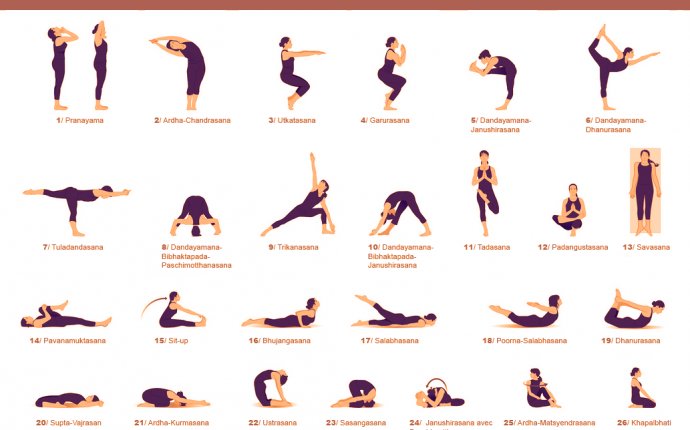
Bikram Asanas
Bikram yoga, a discipline that takes its name from it's founder, is today one of the most popular forms of yoga. Those who are new to yoga itself may find it surprising, but there are various schools of thought and different disciplines within yoga. Hatha yoga and bikram yoga are probably the two most popular of these disciplines. While they do share a lot in common, hatha yoga is a more traditional type of yoga, and is often used as the term to describe the very practice of yoga. Bikram yoga on the other hand is quite a specific and structured discipline that includes all of the key elements of yoga.
Bikram yoga is also popularly referred to as hot yoga, and it can be a lot more strenuous as compared to the slow paced hatha yoga. As with any other yoga discipline, bikram yoga does include asanas or poses that are common to all branches of yoga. The difference being in the sequence of practice, the recommended environment, and the methods of practice. Bikram yoga asanas or postures are practiced in synchrony with yoga breathing techniques that are known as pranayams. Bikram yoga breathing is an essential aspect of the practice along with the 26 postures that constitute bikram yoga asanas.
The key difference between bikram yoga and other disciplines is however the environment in which it is practiced. The name that it is commonly referred to by, 'hot yoga', should give you some inkling of the difference. Bikram yoga essentially involves the practice of bikram yoga asanas in combination with bikram yoga breathing, in a room or studio that is maintained at a temperature of around 105 degrees Fahrenheit. Some of the bikram yoga benefits stem from this very practice. The heated environment help make the muscles a lot more supple and flexible, enabling the practitioner to execute the poses with greater ease, and less risk of injury.









